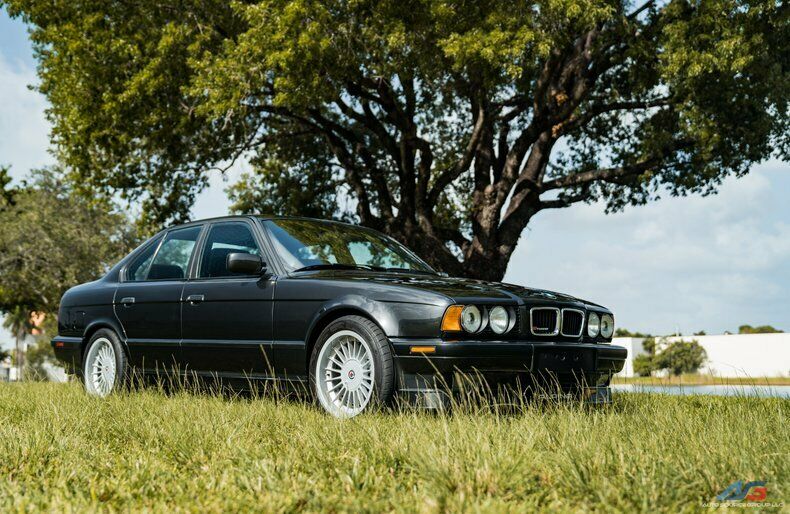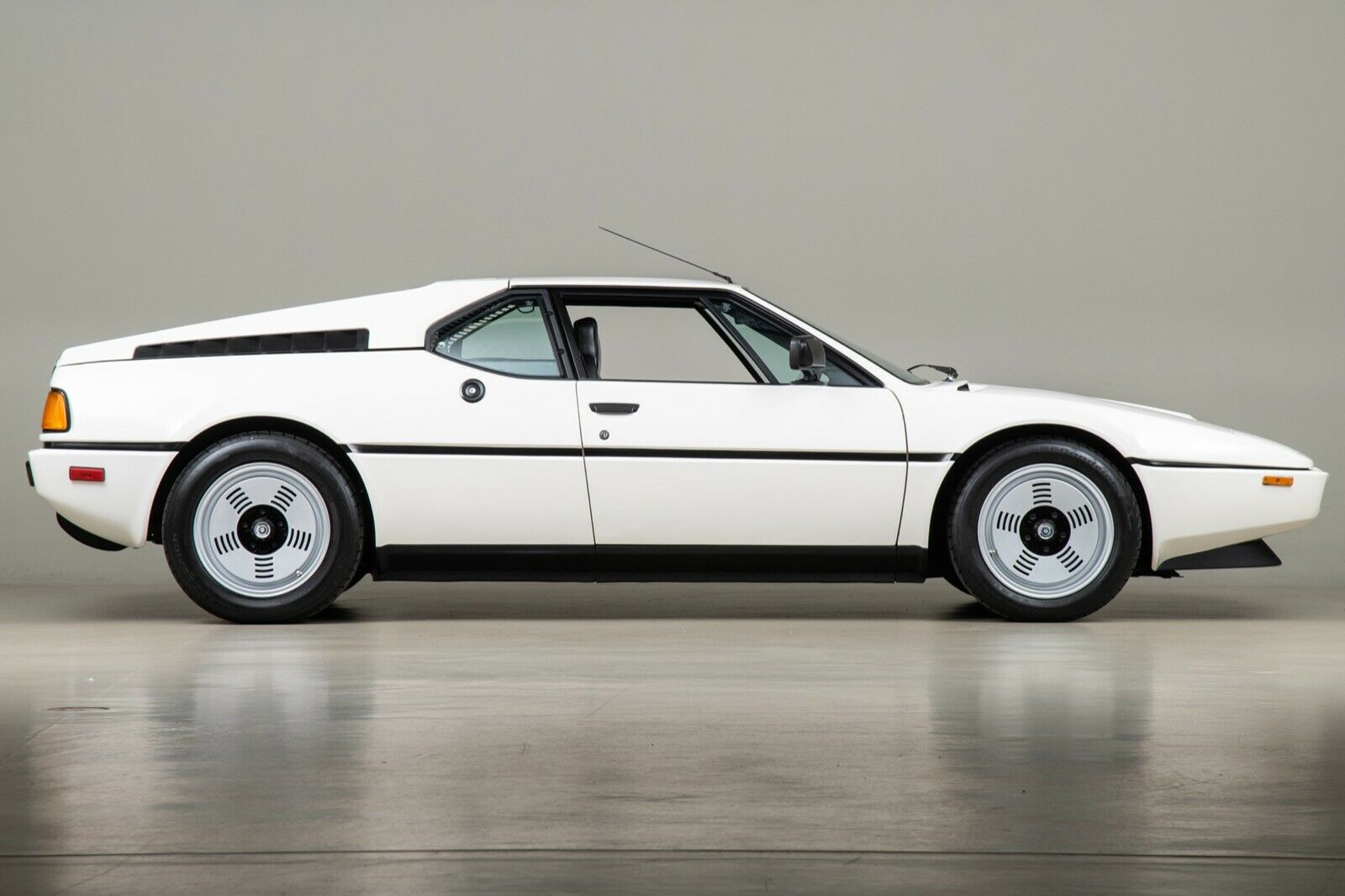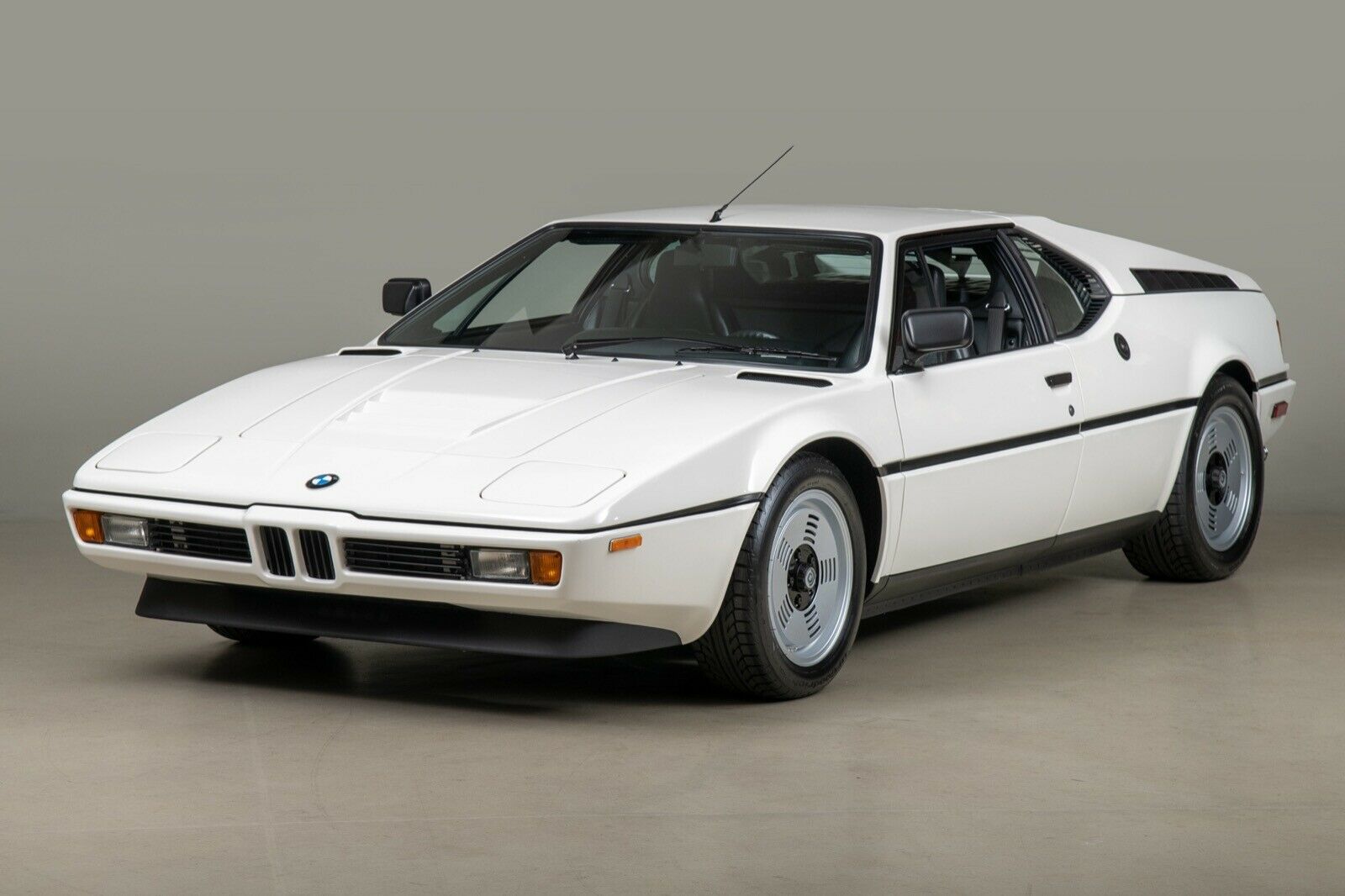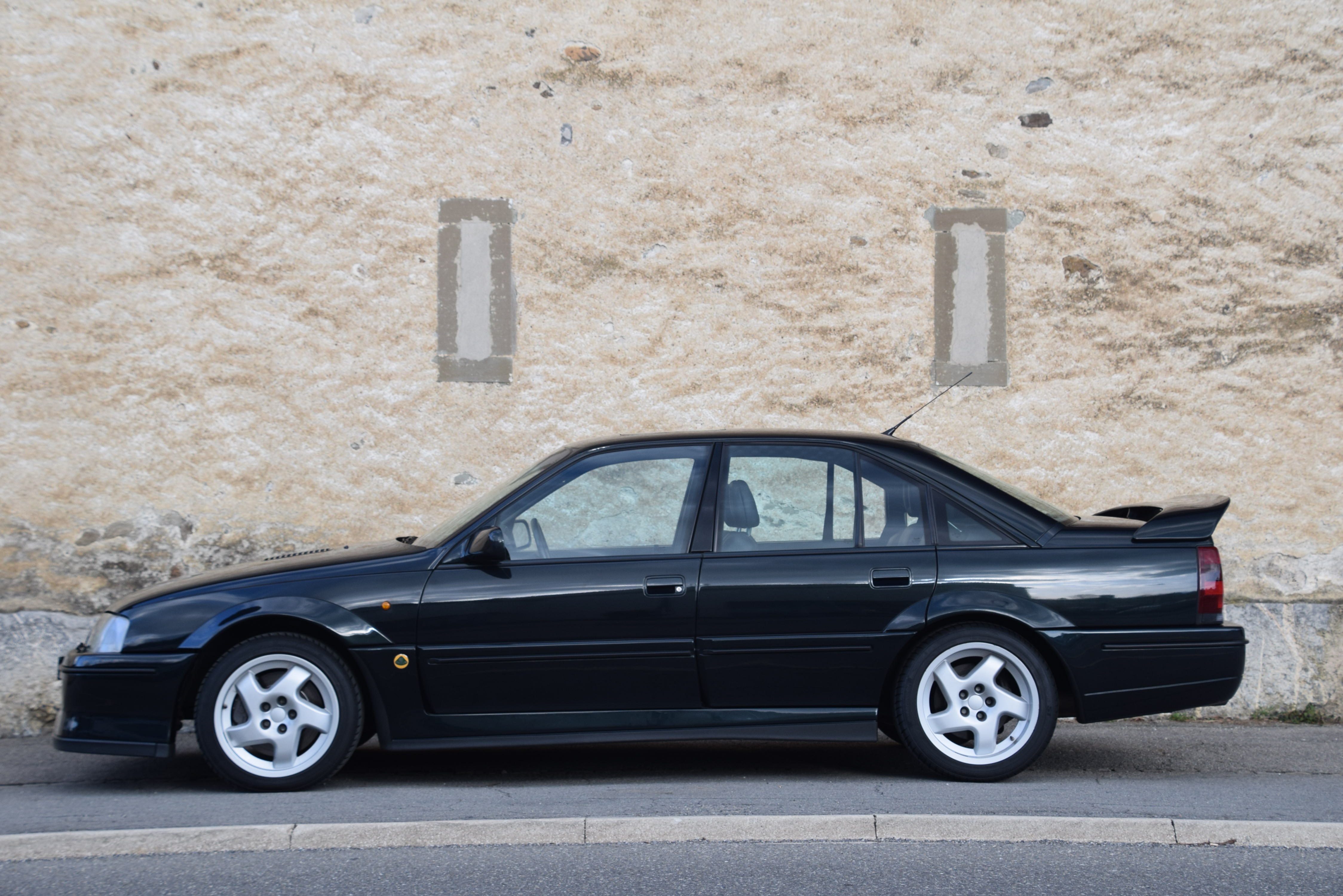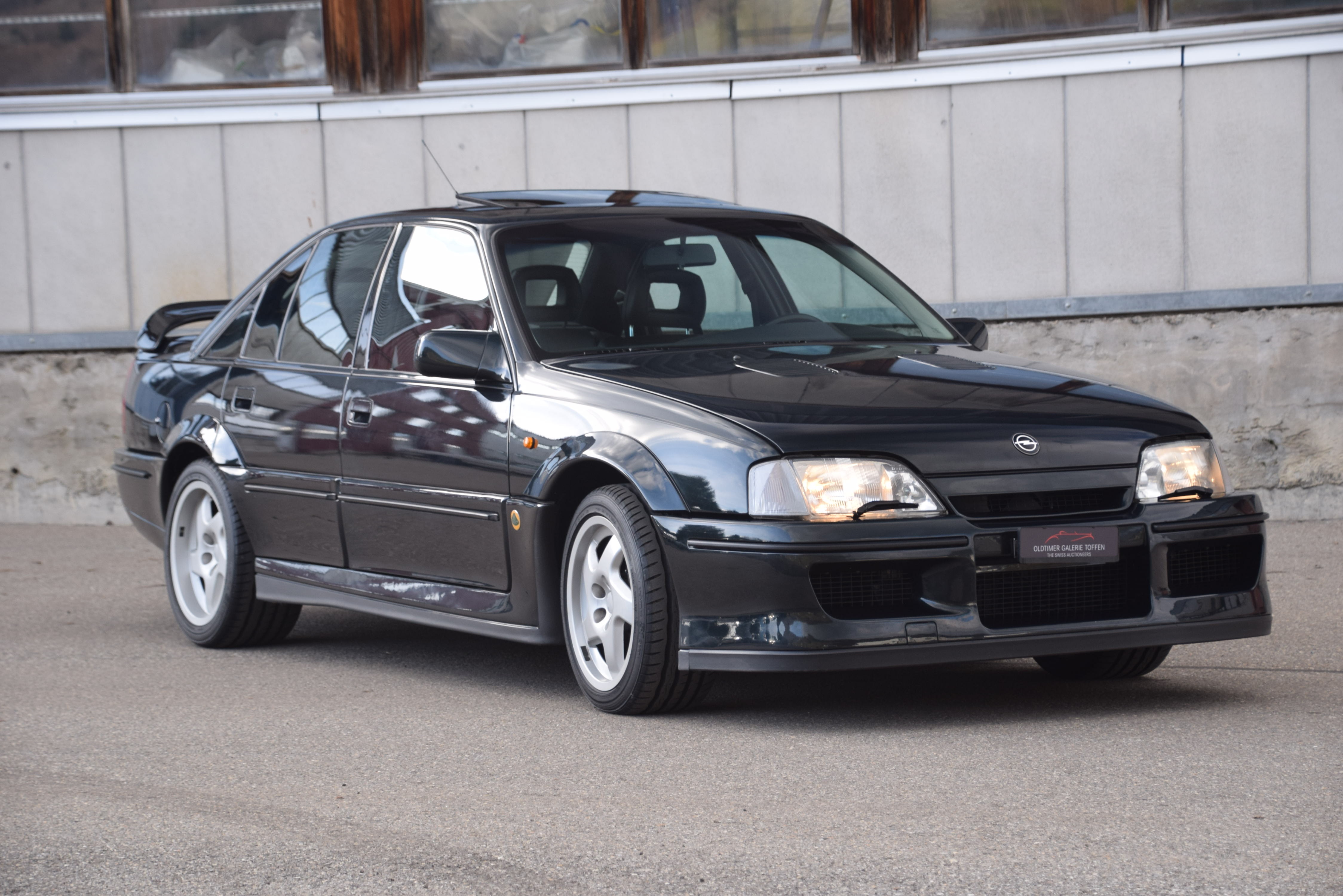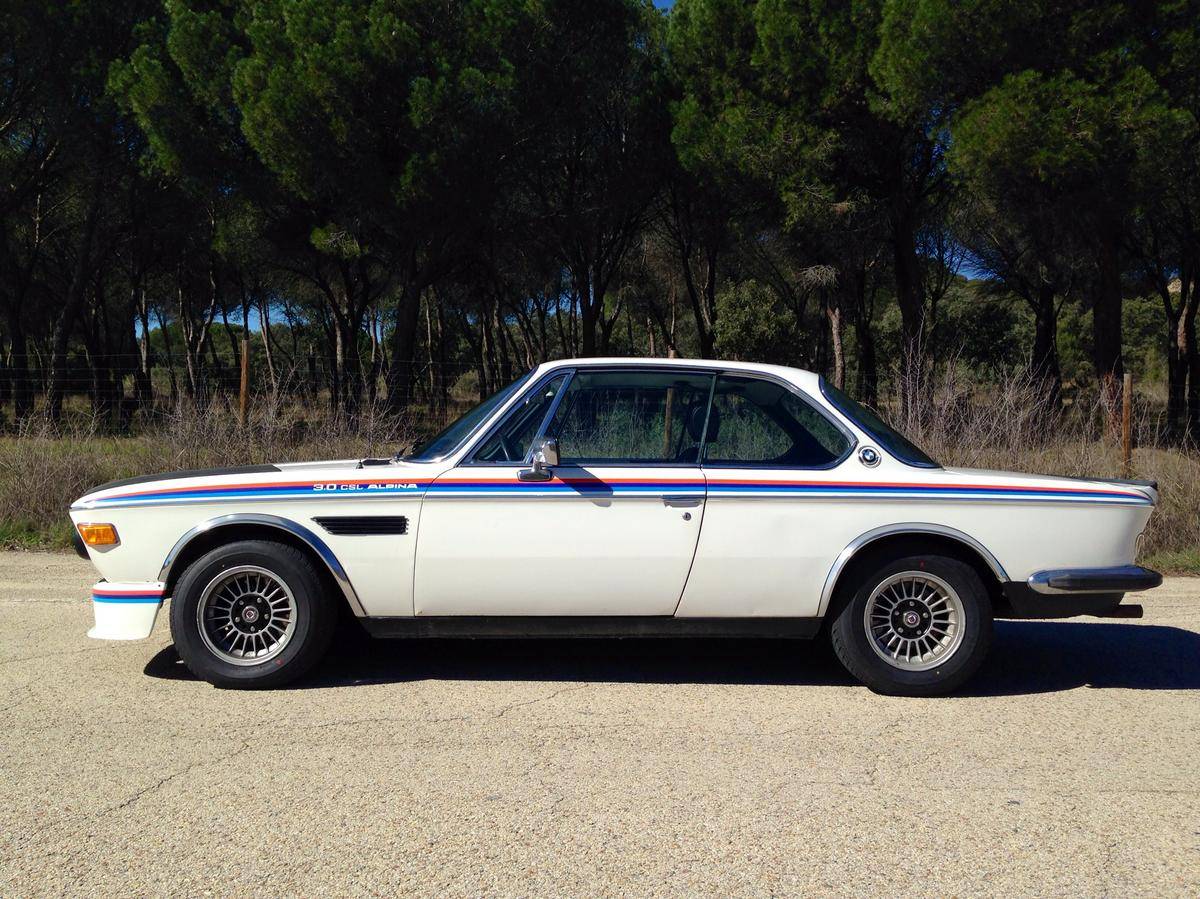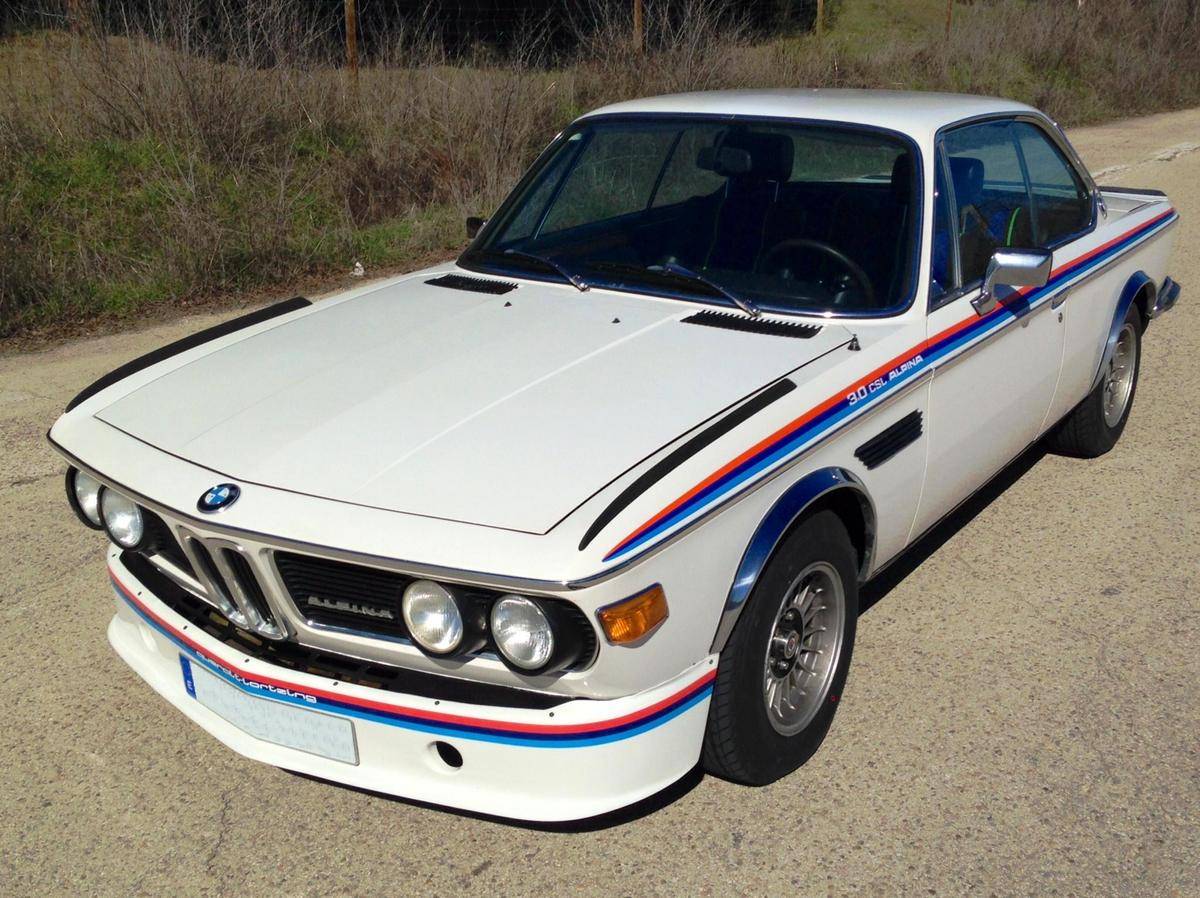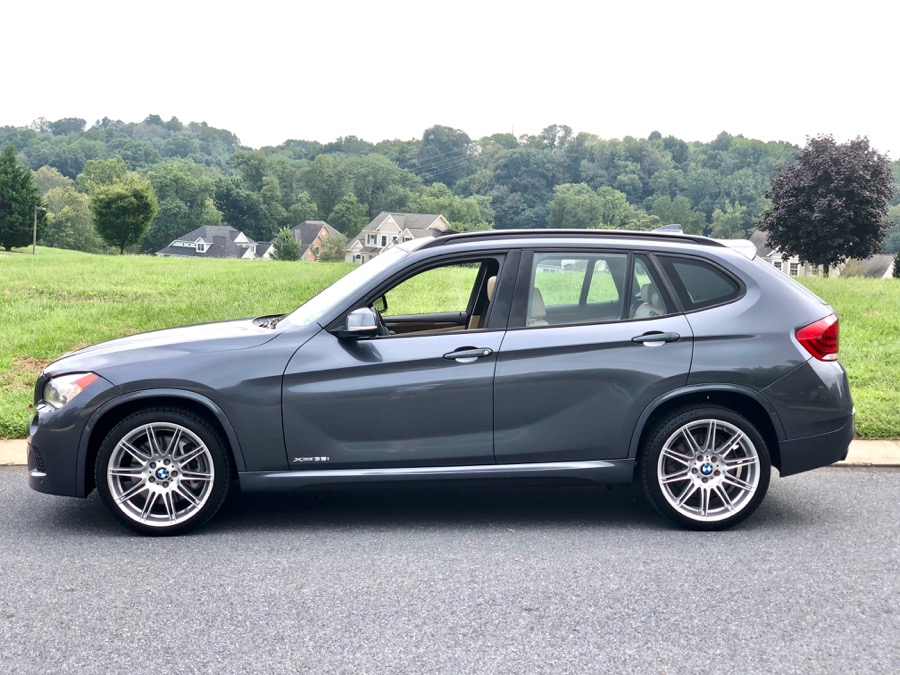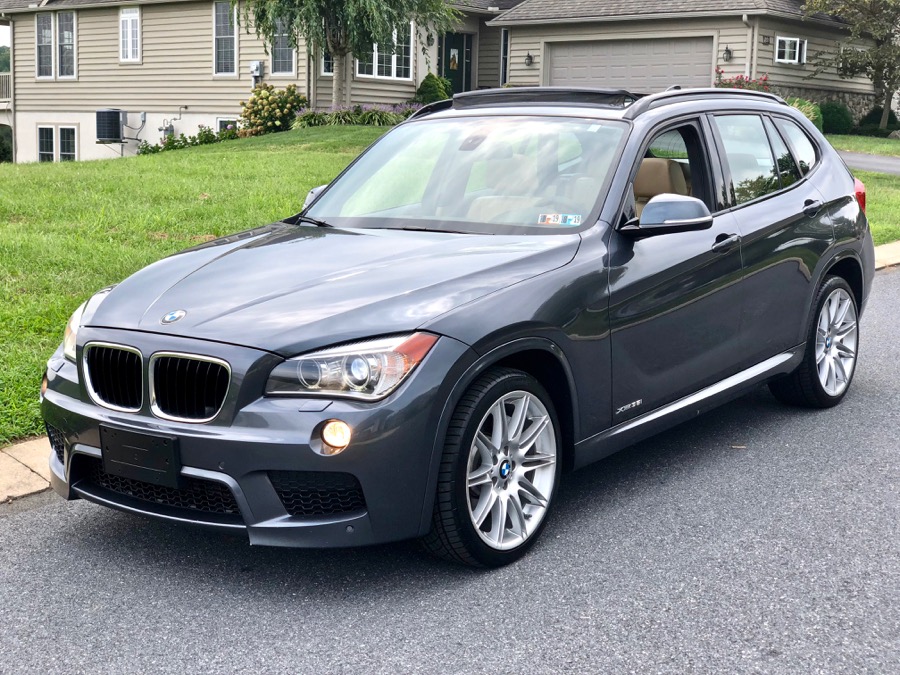Alpina has always struck me as one of the most thorough tuners in the world. Their research and development of engines, suspension and exhaust is second only to perhaps Ruf and AMG, thanks largely to their close associations with the factory. Inside the fit and finish of the cars is perhaps even better than they came originally; beautiful details that make the cars stand apart. And visually Alpinas have always been the best looking BMWs out there in my opinion; subtle aerodynamic tweaks, beautiful wheels and striking but tasteful “go faster†stripes that distinguish Munich’s best. But even amongst Alpinas there are special models, and the E34 B10 BiTurbo is one of them. Alpina took a normal 535i and made it’s own interpretation of what the M5 could be; instead of a high-revving twin cam S38, you got two turbochargers with enough torque to embarrass those boys from Affalterbach. Alpina achieved this through a full custom build; Mahle pistons, custom oil sprayers to cool the them, stronger connecting rods, sodium-filled valves and bespoke intake and exhaust systems – but then, Alpina’s never been shy about producing it’s own items. While all Alpinas are rare, the B10 BiTurbo was fairly popular; of the 1600-odd E34s Alpina built, a full 507 of them were B10s.
Tag: inline-6
It’s a bit amazing to consider that two of the most significant halo cars in German motoring history – both homologation models intended to lead their respective marques into the next decade – so closely paralleled each other, yet were so very different. It’s but a 35 minute train ride between Munich and Ingolstadt, and in the late 1970s both BMW and Audi wanted a range-topping model to grab attention. But their approaches were radically different. BMW designed a bespoke mid-engine, tube-frame supercar around a basic engine design it already had. Audi, on the other had, took a basic car design it already had and added a revolutionary drivetrain.
Both were styled by Giugiaro. Both had to be built out-of-house; Baur had a hand in each. Both had legendary engineers – Walter Treser and Roland Gumpert for Audi, Jochen Neerpasch at BMW. Both raced, though the series they were intended for were ultimately cancelled. Both launched a brand name – BMW’s M division, and Audi’s quattro (and later quattro GmbH). And today, both are both legends and highly sought by collectors. So today we have an interesting showdown; two prime examples have come to market and are nearly the exact same price. Of course, for that to occur the Audi entrant is the ‘ultimate’ evolution of the Quattro, the Sport model. So let’s put aside the ridiculous $700,000 plus asking prices of each of these cars for a moment, and consider – all things being equal (which they nearly are!), which one would you choose? Let’s start with the M1:
CLICK FOR DETAILS: 1980 BMW M1 on eBay
6 Comments“Youngtimers” have been popular in the automotive news segment over the past few months, as a greater appreciation for cars just turning “vintage” has set the market ablaze. Within that category, automotive collaborations between manufacturers in the 80s and 90s produced some of the most memorable and, consequently, the most sought creations today. There was the Yamaha-powered Taurus SHO, the Mercury Marine-powered Corvette ZR-1, the Porsche-built Mercedes-Benz 500E and Audi RS2, Lamborghini had a hand in the BMW M1, and of course there was the Cosworth-built….everything, from Escorts to 190Es to Audi RS4s and RS6s. But one of the hottest cars from the period was, undoubtedly, the Lotus-built, Corvette-gearboxed Opel Omega/Vaxhaull Carlton twins.
Lotus was majority-owned by General Motors in the early 1990s, which led in part to the “Handling by Lotus” Isuzu Imark and Impulse models. Lotus, in turn, got an engine for their small Elan from the Japanese manufacturer which worked in partnership with GM. But their best work was certainly their last joint venture before GM sold them off to Bugatti in 1993. For the Omega/Carlton, Lotus took the production 3.0 inline-6 and punched it out to 3.6 liters, while fiddling with the 24V head from the Carlton GSi. Then, they hooked it up to a 6-speed manual ZF borrowed from the General’s parts bin. Also borrowed was a limited-slip rear end from GM’s Australian division, Holden. Then, they slapped not one, but two turbochargers on it. Brakes were Group C units employed from AP Racing. The result? A crushing 370 plus horsepower and over 400 lb.ft of torque from the C36GET produced the fastest sedan in the world:
CLICK FOR DETAILS: 1992 Opel Lotus Omega on Classic Driver
2 CommentsAs BMW turned firmly towards sports car racing and aimed its cross hairs directly at Stuttgart, it was the Big Coupe – the E9 – that would first carry their fledgling Motorsports division to the victory circle in large-scale international racing. While the 2002 had been champion in support series – Dieter Quester in ’68 and ’69 Division 3, for example, the E9 moved BMW up to directly challenge the fastest sports cars in the world. Victory laurels in some of the most significant races followed: The European Touring Car Championship (’73, ’75, ’76, ’77, ’78 and finally ’79 – some years out of E9 production!) and class victories at Le Mans, Spa and Daytona. These racing efforts had coincided with the growth of some of BMW’s most significant tuning partners; Schnitzer Motorsports and, of course, Alpina.
At the launch of the E9, Alpina would still be a long way from becoming the factory partner and full-fledged manufacturer we recognize today. However, prior to their first official model launch, like AMG the company was active in producing aftermarket parts – especially, motors – for the BMW range. Early Alpina-modified cars are hard to come by, and often lack the full documentation of the later VIN-specific models. However, once in a while a very original and significant one pops up such as today’s late production E9 apparently with all its ducks in a row. Originally a 2.5CS, this car underwent thorough modifications in the 1970s including installation of one of their hottest motors:

